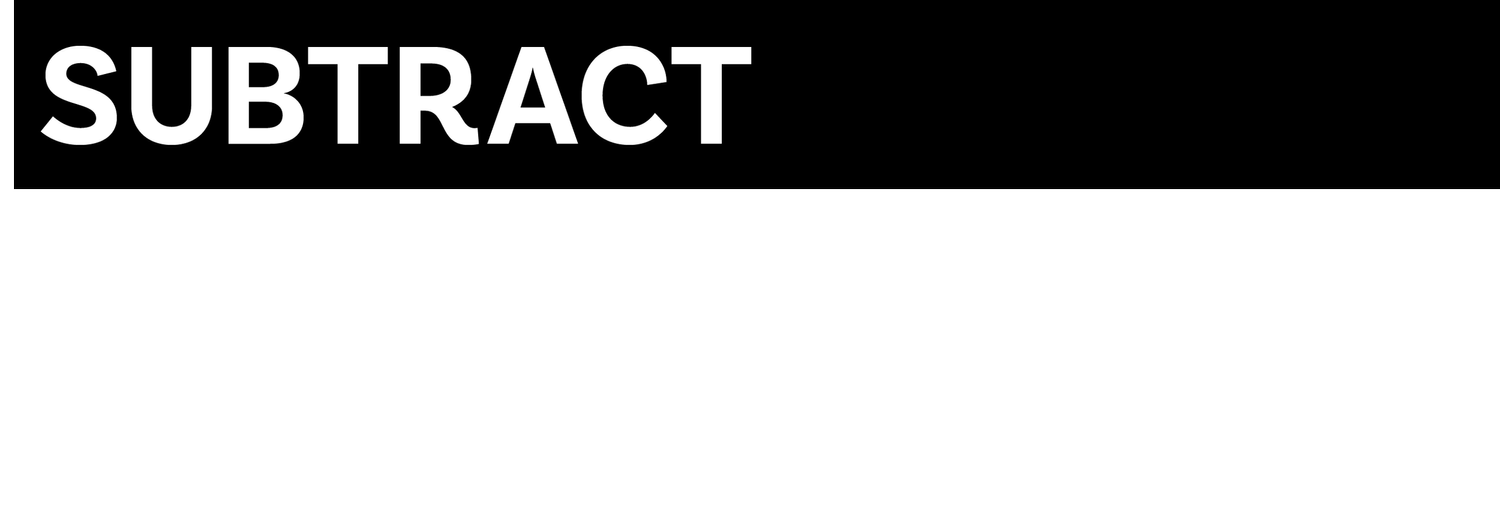Research and References
Information provided on this website is from the following sources
Centers for Disease Control and Prevention. Managing Pain and Reducing Opioid Use. Overdose Prevention. Updated May 2024. https://www.cdc.gov/overdose-prevention/manage-treat-pain/index.html
Centers for Disease Control and Prevention. Substance Use During Pregnancy. Division of Reproductive Health. Updated June 2024. https://www.cdc.gov/maternal-infant-health/pregnancy-substance-abuse/index.html
Cohen GL, Sherman DK. The psychology of change: Self-affirmation and social psychological intervention. Annual Review of Psychology. 2014;65:333–371. doi:10.1146/annurev-psych-010213-115137 https://www.annualreviews.org/doi/10.1146/annurev-psych-010213-115137
Han B, Jones CM, Einstein EB, Dowell D, Compton WM. Prescription opioid use disorder among adults reporting prescription opioid use with or without misuse in the United States. J Clin Psychiatry. 2024;85(4):23m15258. https://www.samhsa.gov/data/publication/prescription-opioid-use-disorder-among-adults-reporting-prescription-opioid-use-or
National Cancer Institute. Smokefree.gov: Free Tools & Support. U.S. Department of Health and Human Services. https://smokefree.gov
National Institute on Drug Abuse. Cannabis (Marijuana) Research Report. Revised June 2024. https://nida.nih.gov/research-topics/cannabis-marijuana
National Institute on Drug Abuse. Kratom DrugFacts. Revised June 2022. https://nida.nih.gov/research-topics/kratom
National Institute on Drug Abuse. Methamphetamine Research Report. Revised December 2024. https://nida.nih.gov/research-topics/methamphetamine
Rowland L, Curry OS. A range of kindness activities boost happiness. The Journal of Social Psychology. 2019;159(3):340–343. doi:10.1080/00224545.2018.1469461 https://pubmed.ncbi.nlm.nih.gov/29702043/
Substance Abuse and Mental Health Services Administration. Alcohol Use: Facts and Resources. 2018. https://www.samhsa.gov/sites/default/files/alcohol_use_facts_and_resources_fact_sheet_2018_data.pdf
Substance Abuse and Mental Health Services Administration. Cannabidiol (CBD) – Potential Harms, Side Effects, and Unknowns. PEP22-06-04-003. 2023. https://library.samhsa.gov/sites/default/files/pep22-06-04-003.pdf
Substance Abuse and Mental Health Services Administration. Key Substance Use and Mental Health Indicators in the United States: Results from the 2023 National Survey on Drug Use and Health. HHS Publication No. PEP24-07-01-001. Center for Behavioral Health Statistics and Quality, Substance Abuse and Mental Health Services Administration; 2024. https://www.samhsa.gov/data/sites/default/files/reports/rpt47095/National%20Report/National%20Report/2023-nsduh-annual-national.pdf
Substance Abuse and Mental Health Services Administration. Reducing Vaping Among Youth and Young Adults: Evidence-Based Strategies. 2024. https://www.samhsa.gov/resource/ebp/reducing-vaping-among-youth-young-adults
Substance Abuse and Mental Health Services Administration. Treatment of Stimulant Use Disorders. 2024. https://www.samhsa.gov/resource/ebp/treatment-stimulant-use-disorders
Wood AM, Linley PA, Maltby J, Kashdan TB, Hurling R. Using personal and psychological strengths leads to increases in well-being over time: A longitudinal study and the development of the Strengths Use Scale. Personality and Individual Differences. 2011;50(1):15–19. doi:10.1016/j.paid.2010.08.004 https://www.sciencedirect.com/science/article/pii/S0191886910003946
